Bamiyan – The De-Miners
This is the life of those people, who risk their life, to find mines and unexploded materials around the Great Buddha statues of Bamiyan. They are those in uniform with Farsi letters: Main Paki, and English writing: De-mining. They are the de-miners working in Bamiyan.
The encounter the day before with Saboor and Jamil brought me to learn deeper about the life of the de-miners. Achmad Saboor, a Tajik driver from Panjshir, picked me up to see their work around the Buddha hills. In that car I knew Waisuddin, or Wais, a Pashtun man in his thirties, with very strong short body. He was bearded but it seemed that was just trimmed, he also speaks very good English.
Wais is among the most important persons in this demining project of Bamiyan Buddha. I was lucky to know him personally. And he was happy that he could practise his English with me. He is the commander of MCPA (Mine Clearance Planning Agency). The previously introduced Achmad Saboor and Jamil, work in other organization: MDC (Mine Dog Center), sometimes also called as MDG (Mine Dog Group). Saboor is the driver and Jamil is the commander of MDC.
Waisuddin first took me to the top of the Buddha hills, where I was ‘playing’ three years ago. There were some men working with dongs and detector, scanning the area. This work is survery work. The survey work is responsibility of both MCPA and MDC , who have to work coordinatively. MCPA programmed the task and detection with manual detector, the MDC provides dog scanning and work according the plan made by guys from MCPA. Their tasks, less than 7000 square meter per task, need at least one month for surveying. The time itself is also relative. The survey on plain land with less slope is of course faster and easier than scanning flowing water stream for example.
The survey of the hills on the top of Buddha statues need good combination of human and animal work. The dogs, with their caretakers (the dogs and men from MDC), first scan the area. The dogs only can survey the flat land, they dont work on slopes. The slopes should be checked by the men with metal detectors (the men from MCPA). To ensure that it was scanned thoroughly, the surveyors with metal detectors still had to rely on manual check my digging the land every 500 m of distance, with the knives, to see whether there was not any metal buried. This is a dangerous work, as they may accidentally stepped on or dig an active mine, which may explode even with the slightest pressure on the ground.
Wais didnt allow me to take pictures of the surveyors, as they were working without wearing the safety jacket and helmet, due to the hot temperature of the blistering sun. If the head office know that they neglected the safety precaution during the work, all of them would be in big troubles. But then he allowed me to take pictures after ‘the model’ put on all of the working equipment and started his work again.
Even the dogs are not safe from danger. Some dogs, when they found metal burried in their scanning area, instead of sitting 1 meter away from the suspected item, they dig the “interesting item” instead, and get blasted immediately. This happened quite often. The dogs are also picky creatures. They only work under certain temperature. That’s why that the team work starts very early in the morning, at 5:30, and ends before the hot noon starts, at 11 am. Out of the time, the dogs would be to sleazy.
The Afghans were trained already in de-mining work since about twenty years ago when mines have been headaches in the country. When the using of dog was introduced for the first time, it was directly imported from America, but the dogs were not suitable for Afghan fields. Then it came the turn of trained dogs from Germany. The Germans then started to train the Afghan trainers. Now Afghan trainers have become famous in training the trainers in other mined countries like Sudan, Somalia, Iraq, etc. Recently, the average incident mine rate in Afghanistan is slightly more than two victims per day.
The metal detctors were also imported from European countries, notably Italy. It worked by the power of batteries, and every surveyor had a suitcase full of these spare parts of their weapons, plus the safety jacket and helmet.
There are several types of bombs that the de-miners have to deal with. Bombs or mines become active when a part of it, called as safety pen, to be removed. Than this bomb can explode any time it is activated. The activation can be from different stimulus. The ones they are dealing now is activated by pressure or by weight. It means, when you step on the mine, it would explode. Some other bombs are activated by electricity, timer, and remote controls. This remind us the the bombs in Bali for example.
MCPA is an NGO uner UNMACA (United Nations Mine Action Center for Afghanistan). This NGO is supported by many European countries, and so is MDC. MCPA worked based on a map of the task area given by their office in Kabul. Their survey in Bamiyan Buddha was started as UNESCO workers were coming for the rehabilitation and reconstruction of the herritage. In recent days, there were victims in the Buddha hills area, so that UNESCO requested that de-mining and clearance was urgent to ensure the safety of their workers. According to the pre-survey work of the Buddha area, there was one victim, man of 30 to 40 years old, who was amputated after stepping on a mine. There was also a cattle victim. Victims of human being and animals are significant signs that landmines exist nearby. The victim man is now staying at home without any work.
The German UNESCO professor working with the Big Buddha wanted to meet Wais. He proposed that the survey team did the survey around the statues first, as the yellow helmeted construction workers just found a live mine recently among the rubble of the demolished statue. Thus, this one mine found may mean that there would be some others hidden away. This worried the reconstruction team very much. Wais said that he should get permission from his boss in Kabul, Mr Kayumi, first, as they cant survery the areas outside the given task map. Mr Kayumi, contacted par telephone, agreed to send another team for the survey around the statue.
The work of survey for a given task month would run for about one month in this area, and it will take another two months for clearance. The clearance work is done by another team from another NGO, ATC (Afghan Technical Clearance). The deminers, about whom I wrote some days ago in previous posts, are all members of ATC. So these three separated NGOs, all supported by foreign donors, coordinate their work together. They used handy talkie to communicate each other, even to call to Kabul. This is a very strong device, indeed. The ATC work is more intensive than the survey work of MDC and MCPA. The MCPA had found 1 mine in the ground between the two Buddhas, and after some weeks of clearance, the ATC had found four other mines. So that ground was quite heavily mined.
In this mission Number 0037 dated 18 June 2006, the survey and clearance of mines in Bamiyan Buddhas, MCPA had 6 team members, MDG had 5, and ATC 40. They were all sent from Kabul and staying in Bamiyan as ‘mosafer’. The dormitory of MDG and MCPA is at the end of the new city, around 2 kms from the Buddhas. They had two rooms, one for each NGO. The ATC had their own camp near the Buddhas.
The income ranged from 180$ for the cook, 250$ for the the driver, 450$ for the commander, until 550$ for the doctor. They earn way more than normal Afghans who work as government servants.
Life as outsiders were not always as easy. They do need refreshment. The lunch in dormitory had a menu scheme, one day with meat, one day with mere vegetable dishes. there is always nan and rice, plus the cold yoghurt mixed with water. After the lunch, then it came the nap time. Everybody took a nap after delivering their prayers. They took off their uniform and wore traditional dress instead. It was more comfortable.
After the nap, it came the time for them to enjoy their own time. Some guys from MDC wanted to go around, and that day we went to Ajdahar. Ajdahar is located 8 kms away on the way to Yakawlang. Ajdahar is a legend of a dragon which was killed by the sword of Hazrat Ali, the son-in-law and cousin of the Prophet. The dragon used to ask for victims from the Bamiyan inhabitants, and Hazrat Ali with his magical sword splitted the dragon to two parts. The huge stone hill with a deep wound, even it is still weeping. The tears came from the ‘eyes’, flowing in the form as water with a certain mineral contain (tastes like soda).
MCPA has a motto, “less talk, more actions”. They have computer in their little room, and they use Office Excel for making report. It seemed that more people in MCPA speak English, and almost none in MDC. The MDC also had no computer in their room, as none of them understood computer.
MDC has a jeep. The guys took the jeep and drove their way to Ajdahar. They played Afghan traditional music from a cassette they rent from the bazaar. The recording was very bad, even the cough of the singer and the conversation of the audience can be heard. The deminers, probably not fulfilled their sexual needs for weeks, now were so much full of desire, that their conversations never go further from ‘jigjig’ stuff. On the top of the dragon stone, there was a French couple, and the Afghan guys were so excited to see that ‘woman’.
These guys have the freedom to use the jeep of their organization. But they have to make report of the number of kilometers they used. It seems that this week they have done too much outing, so they are worrying about the report making.
Self imporovement is also part of the concentration of the team members. The members of MCPA were proud of themselves, stating that to be a member they need knowledge of physics, math, and other sciences, while MDC members were dog carriers only. Wais learns English everyday in English center nearby, and he showed me some of his grammar knowledge, like Past Perfect Continuous Tense. I saw some other members of ATC also went to the gym to make their bodies more beautiful. Afternoon is really free time, that everybody can do whatever they want to do.
Living as a de-miner, it might be dull, it might be risky, but it also allow you to enjoy your life in different parts of the country.\


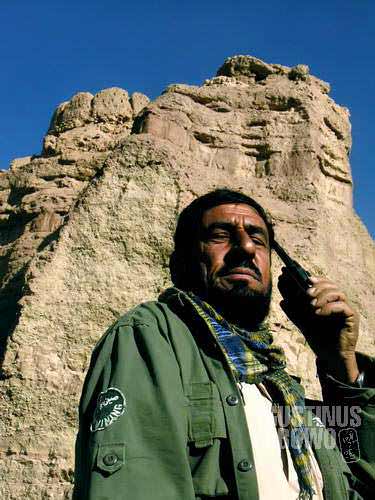
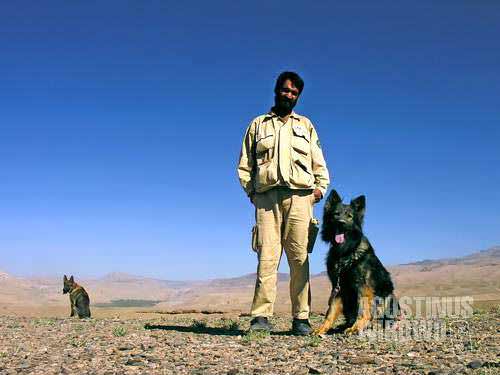

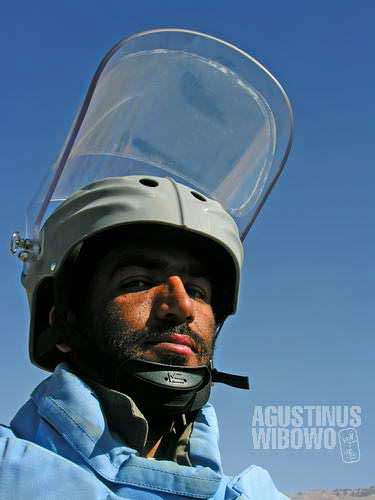
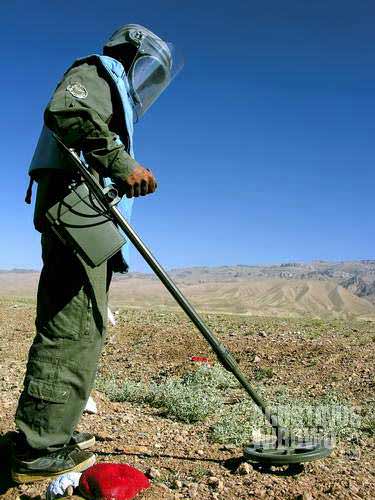
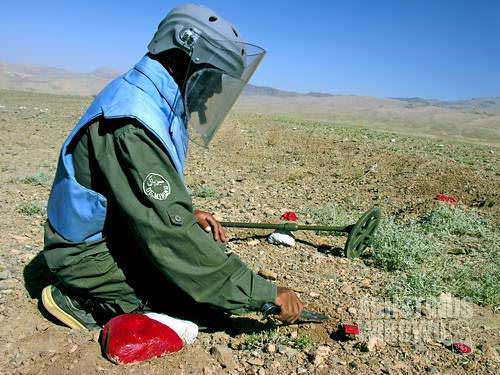


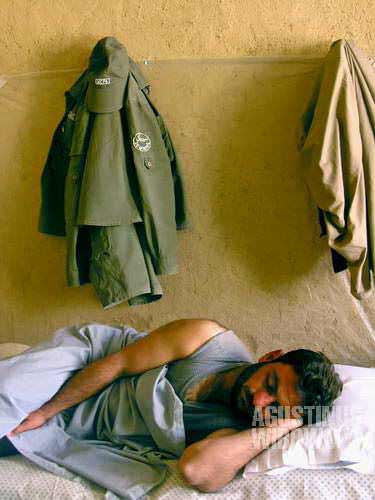
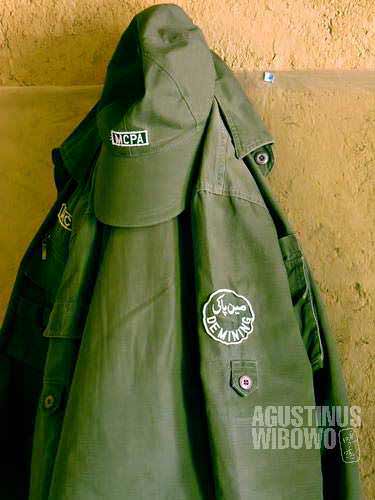





Leave a comment